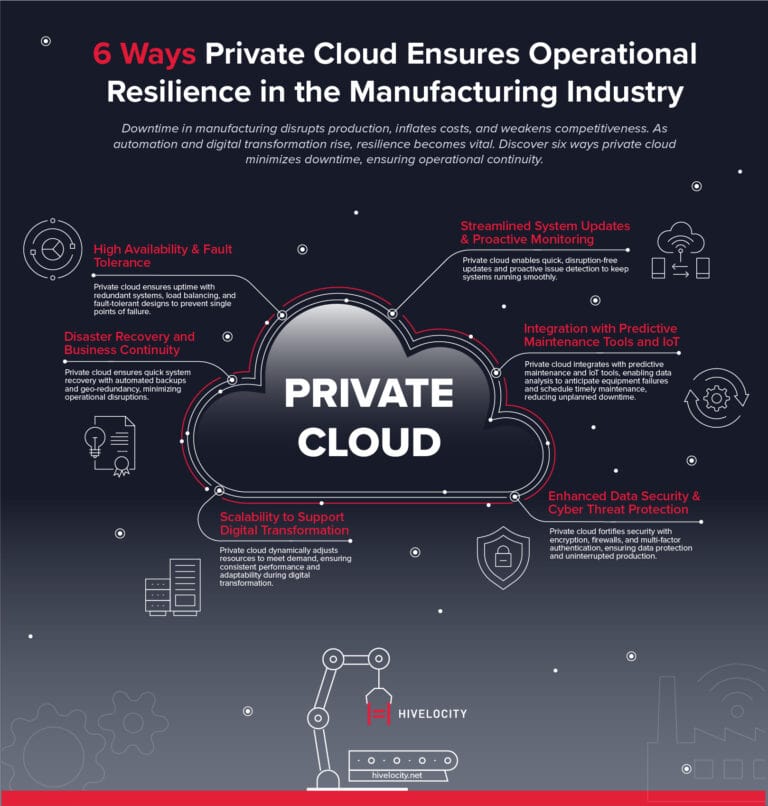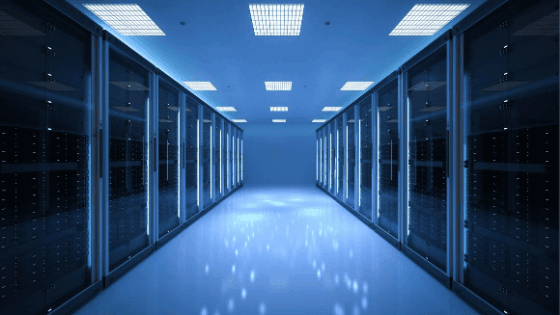
In an increasingly digitized world, cybersecurity threats are evolving faster, creating greater challenges to organizations of all sizes. The cyber-threat landscape is becoming more and more complex, with attackers employing highly sophisticated methods to exploit vulnerabilities. In this blog, we will explore three major areas of concern in today’s cyber-threat environment: rising ransomware attacks, insider threats and social engineering, emerging threats and vulnerabilities, and the critical role of a comprehensive backup strategy.
Rising Ransomware Attacks: A Global Epidemic
Ransomware has become one of the most pervasive and damaging cyber threats in recent years. This type of malware encrypts victims’ data and demands a ransom payment, often in cryptocurrency, for the decryption key. In many cases, businesses face additional threats of data leakage, where attackers threaten to release stolen information if demands aren’t met. The surge in ransomware attacks is particularly troubling because no industry is immune. From healthcare to education, energy, and finance, the impact of ransomware has been felt across sectors. A major concern is that the average ransom payment has increased, with many organizations opting to pay the ransom to restore operations, despite expert recommendations to avoid it. This has encouraged further attacks, creating a vicious cycle.
The rise of “Ransomware-as-a-Service” (RaaS), where cybercriminals can lease ransomware tools on the dark web, has lowered the barrier to entry, enabling more actors to participate in these attacks. This trend is compounded by a growing number of attack pathways opening up, including unpatched vulnerabilities, misconfigured cloud services, and phishing campaigns. Preventative measures such as data backups, employee training, and investing in advanced endpoint protection are essential, but many organizations remain underprepared for the rise in ransomware attacks.
Insider Threats and Social Engineering: A Double-Edged Sword
- Most cybersecurity discussions tend to focus on external threats, but insider threats are very concerning as well. Insider threats can come in many forms, from disgruntled employees, negligent staff, or individuals who are unwittingly manipulated by attackers through social engineering tactics.
- Social engineering uses psychological manipulation techniques to deceive individuals into divulging confidential information or performing actions that compromise security. Phishing is the most common form of social engineering, where attackers trick individuals into clicking on malicious links or attachments. With increasingly convincing phishing schemes, even well-trained employees can fall victim.
- Insider threats, when combined with social engineering, are a dangerous combination. Malicious insiders might have authorized access to sensitive systems and data, making their attacks harder to detect. Moreover, negligent insiders can unintentionally cause breaches through actions such as using weak passwords or failing to follow security protocols.
To mitigate these threats, organizations must implement robust access controls, monitor user activity, and ensure employees are educated and well trained about the latest social engineering tactics and how to identify them. Insider threat detection tools and anomaly detection systems that flag unusual behavior are very important in the fight against this category of attack.
Emerging Cyber Threats and Vulnerabilities: The Next Wave
The cyber threat landscape is constantly evolving, with new threats and vulnerabilities emerging alongside advances in technology. The shift to remote work, cloud computing, and the rise of the Internet of Things (IoT) has expanded the attack surface for cybercriminals. For instance, as organizations continue to adopt cloud services, misconfigurations in cloud environments are becoming a primary target for attackers. These misconfigurations can expose sensitive data to the public internet, often without the organization realizing it until it’s too late.
IoT devices, from smart home assistants to industrial sensors, also introduce new risks. Many of these devices are not designed with security in mind, making them easy targets for attackers to compromise and use in botnets or launch Distributed Denial of Service (DDoS) attacks. As 5G networks expand and IoT adoption increases, these threats will likely become more prominent. Another emerging threat is in the realm of Artificial Intelligence (AI). While AI is being used to improve cybersecurity defenses, attackers are also leveraging it to develop more sophisticated attacks. AI-powered malware, for example, can adapt and learn from defenses in real time, making it harder for traditional security solutions to detect and stop them.
To stay ahead of these emerging threats, organizations need to take a proactive approach by adopting advanced cybersecurity technologies like AI-driven threat detection, Zero Trust architecture, and continuous monitoring. Keeping software updated and conducting regular security audits are also key to identifying and addressing vulnerabilities before they can be exploited.
The Importance of a Comprehensive Backup Strategy
With the rise of ransomware and other forms of cyberattacks, having a comprehensive backup strategy has become a critical component of any cybersecurity defense plan. A robust backup system ensures that even if data is encrypted, stolen, or destroyed during an attack, the organization can recover quickly without paying a ransom.
A comprehensive backup strategy involves creating multiple backups of critical data in different locations, including both on-site and off-site options (such as cloud backups). It’s important to follow the “3-2-1 rule” for backups: keep three copies of your data, on two different types of storage media, with one copy stored off-site. This redundancy helps to ensure that even if one system is compromised, the organization can still restore vital information.
Just having backup systems still isn’t enough, make sure your backups are performing perfectly with a comprehensive testing regimen. Far too often, organizations discover that their backups are corrupted or incomplete only when they need them the most. By testing backup restoration processes regularly, companies can verify the integrity of their backup data and ensure that recovery processes are quick and effective. Furthermore, automating backups reduces the risk of human error, and implementing encryption for backup data adds an additional layer of security, making sure sensitive data isn’t exposed during the backup process.
In the event of a ransomware attack, an effective backup strategy can mean the difference between a temporary disruption and a catastrophic loss of data, productivity, and trust. A well-planned and executed backup process can save organizations from paying hefty ransoms and enduring significant downtime.
Preparing for a Changing Landscape
As cyber threats continue to grow in scale and sophistication, organizations must remain vigilant and proactive. From the explosion of ransomware attacks to the increasing risk of insider threats and social engineering, the rapid development of new vulnerabilities, and the necessity of a comprehensive backup strategy, the cybersecurity landscape presents unprecedented challenges.
In this environment, adopting a comprehensive cybersecurity strategy that includes a combination of technology, education, policies, and a solid backup plan is essential. Businesses must invest in next-generation security tools, ensure employee awareness, and build a culture of security across their organizations. Only by staying one step ahead of cybercriminals can organizations protect themselves from the evolving threat landscape.
Cybersecurity is no longer just a technical issue but a core business priority—one that requires constant attention and adaptation as the threat landscape continues to shift.
Hivelocity offers a modernized Private Cloud Solution, Veeam Cloud Connect Backup and Replication Services and Zerto Disaster Recovery Services to help keep your critical data safe.


